<img src="http://upload.userbase.be/upload/vostok_microbes.jpg" align="left"> Roughly forty million years later, in 1996, the men and women of the Scientific Committee on Antarctic Research (SCAR) urged their Russian colleagues to halt their indiscriminate drilling. From Columbia UniversityFrom Columbia UniversityAirborne radar and satellite altimetry had finally managed to penetrate the thick mound of ice over the south pole, and after electromagnetically groping every rock and crevice in Antarctica, a flat region 155 miles long and 31 miles wide was detected below Vostok Station. As improbable as it seemed, SCAR researchers surmised that a liquid lake must lie just below the Russians' steadily advancing bore shaft. In order to avoid contaminating the huge lake with surface bacteria and drilling chemicals, the tunneling had to be stopped.
Lake Vostok was found to have approximately the same surface area as the great Lake Ontario in North America, with more than thrice the depth. Separated from sunlight by two miles of solid ice, the subglacial lake is a place of profound darkness and bitter cold. The water temperature is estimated at 3 degrees below zero Celsius, but it maintains a liquid state due to the crushing weight of the polar ice slab; the temperature at which water freezes is significantly lower under such phenomenal pressure. It is also suspected that geothermal heat from the ground below adds some ambient warmth. According to the ice cores extracted by the Vostok Base scientists, the lonely lake has been sealed beneath the ice for at least 500,000 years, but possibly as much as 25 million.
As requested, the Russians temporarily suspended their drilling efforts pending further study. Their borehole– which was filled with sixty tons of kerosene and freon to prevent re-freezing– stopped within a mere 300 feet of the lake surface. The anomalous ice they had encountered turned out to be lake water which had long ago frozen to the bottom of the slowly migrating glacier. These ice samples provided a few insights into the lake's anatomy, such as its lack of salt, and its absurd overabundance of oxygen; under extreme pressures oxygen will more readily dissolve in water. If the drilling over Vostok had continued uninterrupted, thereby encroaching upon the liquid portion of the lake, the hapless Russians might have been assaulted by a towering geyser of ancient water and liberated oxygen due to the astonishing pressure of the hidden body of water.
In the wake of the lake's discovery, there arose considerable debate regarding the likelihood of finding life there. The environment is remarkably similar to the dark and cold ocean below the surface of Jupiter's ice moon Europa, so the discovery of life in Vostok could have interesting extraterrestrial implications. Due to the cold, the complete absence of sunlight, and the toxic levels of oxygen, many scientists are certain that Lake Vostok is sterile. That, however, would be a scientific first, since never before has a completely lifeless body of water been found on Earth. Extremophile organisms have turned up in the unlikeliest of places, including within volcanic vents on the ocean floor, in the rocks deep in the Earth's crust, and in frozen arctic soil.
It is not unreasonable to suggest that cold-tolerant creatures could thrive in the waters of Lake Vostok, overcoming the oxygen saturation with extraordinary natural antioxidants. But millions of years of evolutionary isolation in an extreme environment may have created some truly bizarre organisms. This notion is supported by the ice samples drawn from the ice just above Lake Vostok, where some unusual and unidentifiable microbial fossils have been found. But the possibility that they are merely contaminates has not yet been completely ruled out.
Meer bij de bron : damninteresting.com
- Home Forumoverzicht
- Alle tijden zijn UTC+01:00
- Verwijder cookies
- Privacy
- Gebruikersvoorwaarden
- Contact
Powered by  en
en 
Powered by phpBB™ • Nederlandse vertaling door phpBB.nl.™ • Design by PlanetStyles
Powered by phpBB™ • Nederlandse vertaling door phpBB.nl.™ • Design by PlanetStyles
phpBB Two Factor Authenticatie © paul999

